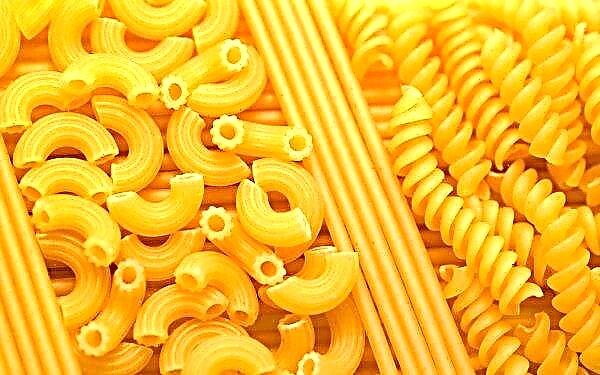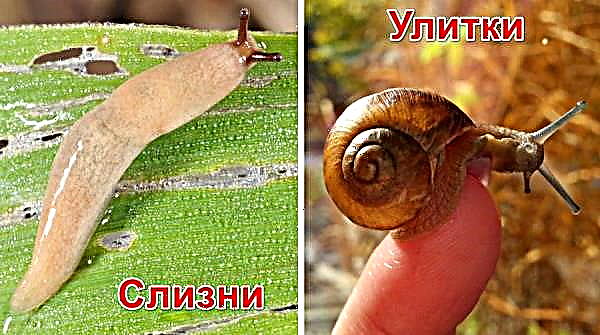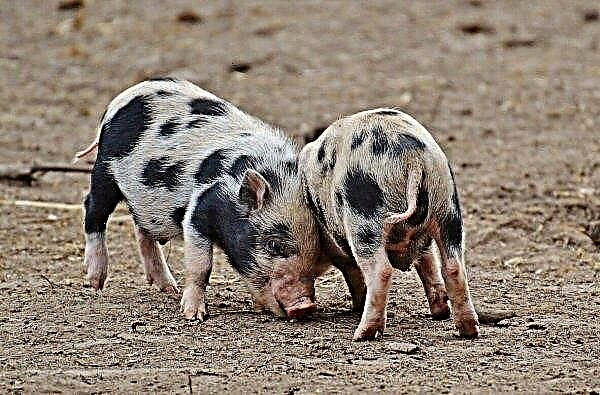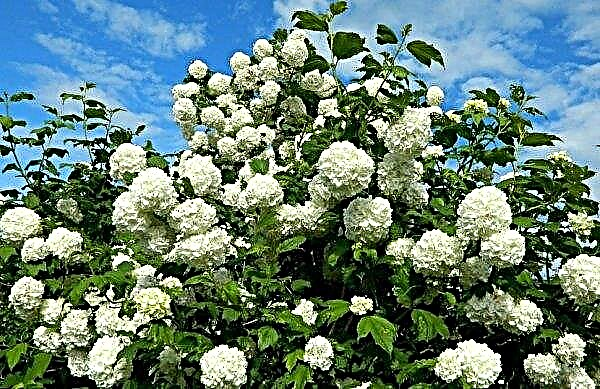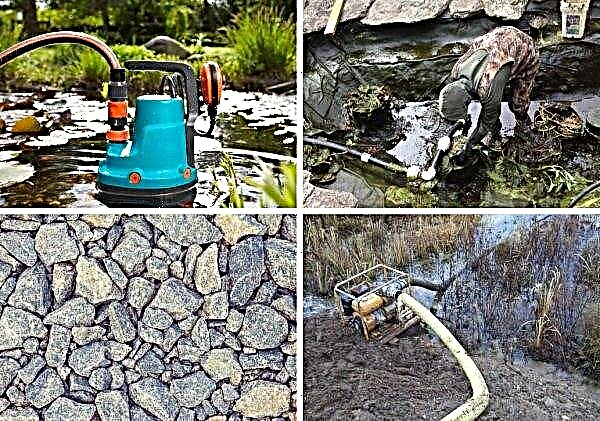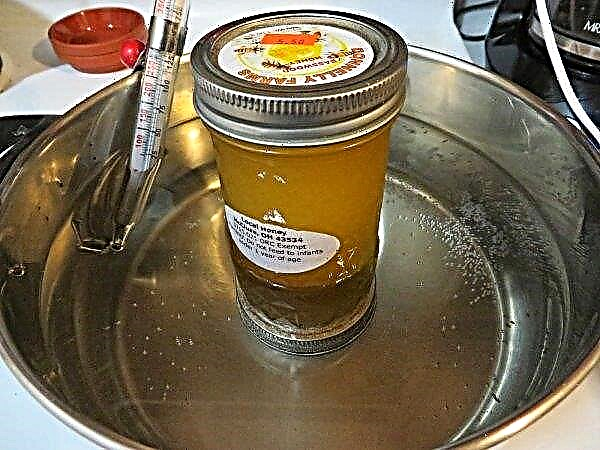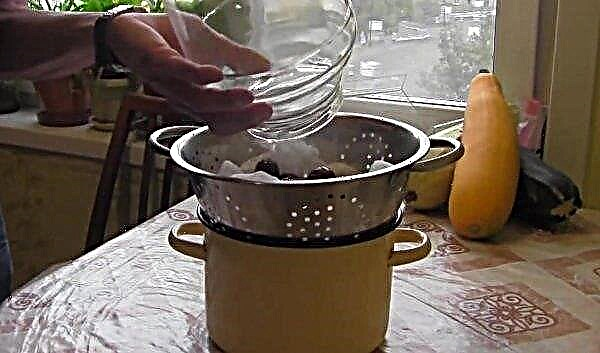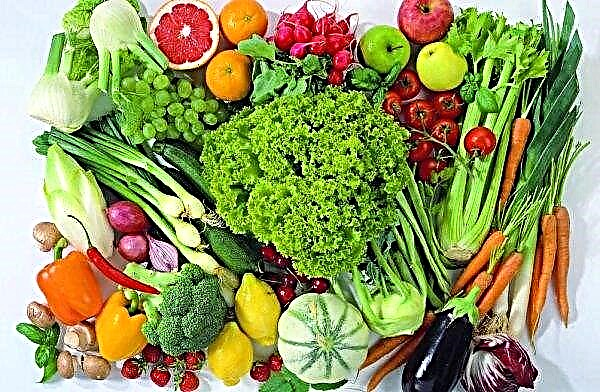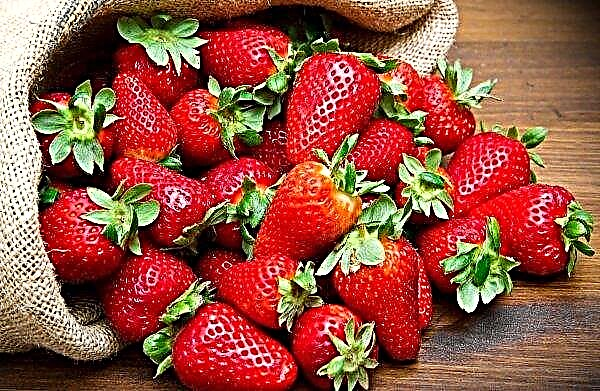Spring - the time of awakening of nature and the active growth of all plants. With a lack of these beneficial elements, plants may not bloom.

Feeding rules
Fertilizing in the spring is very beneficial for plants. Organic and mineral top dressing is used for this. After the first application, the soil should be mulched in order to prevent excessive drying of the rhizome. During this period of time, it is considered important not to overdo it with the amount of fertilizer applied, because an oversupply will only do harm.

Most plants can bloom annually, but by no means all. There is a flower that blooms only after 150 years of growth, after flowering, it dies. We are talking about Puya raimondii, which grows in South America, in the foothills of the Andes.
Annuals are fertilized in two doses. The first time should be manipulated a week after planting, and the second - during the budding period. With regard to perennial flower crops, additional feeding is required, and maybe not one, it all depends on the type of plant. Additional fertilizer application procedures will help perennials to successfully winter.

Another important condition for proper feeding is the choice of the optimal time of day for the procedure, as well as suitable weather. In bright sunlight, there is a danger of burning the rhizome or leaves of the flower. Therefore, fertilizing should preferably be done early in the morning or in cloudy weather. It is also important to moisten the soil well before the procedure.
Organic and mineral fertilizers

Organics is a natural type of feeding, it can be attributed to:
- compost
- manure
- humus
- peat
- wood ash and other types
Here it is necessary to take into account the type of garden culture, because, for example, ash helps to alkalize the soil, and this is not suitable for every plant. Peat - on the contrary, acidifies the soil.
Mineral fertilizers most often contain a range of useful substances:
- nitrogen
- potassium
- phosphorus
- calcium
- iron
- boron
One of the most common types containing nitrogen is urea, which, under the influence of moisture, is easily delivered directly to the root. During the formation of buds, plants need phosphorus and potassium, which are found in superphosphates and nitrate.
Application Methods

Most often, both types of fertilizers, both organic and mineral, are introduced by the root method. In this case, top dressing can be in liquid or dry form. Florists also use the foliar method, in which the plant is sprayed. Thus, the leaves of the flowers and stems are saturated directly with useful substances.
Plants for which the process of pollination by bees is vital are white, orange, yellow or blue, these insects do not distinguish other colors.
When planting flowering plants on your personal plot, it should be borne in mind that the process of forming buds and flowering itself requires a tremendous amount of energy and useful trace elements. Therefore, timely and periodic application of fertilizing will not only help plentiful, lush flowering, but this process will also be extended in time.

